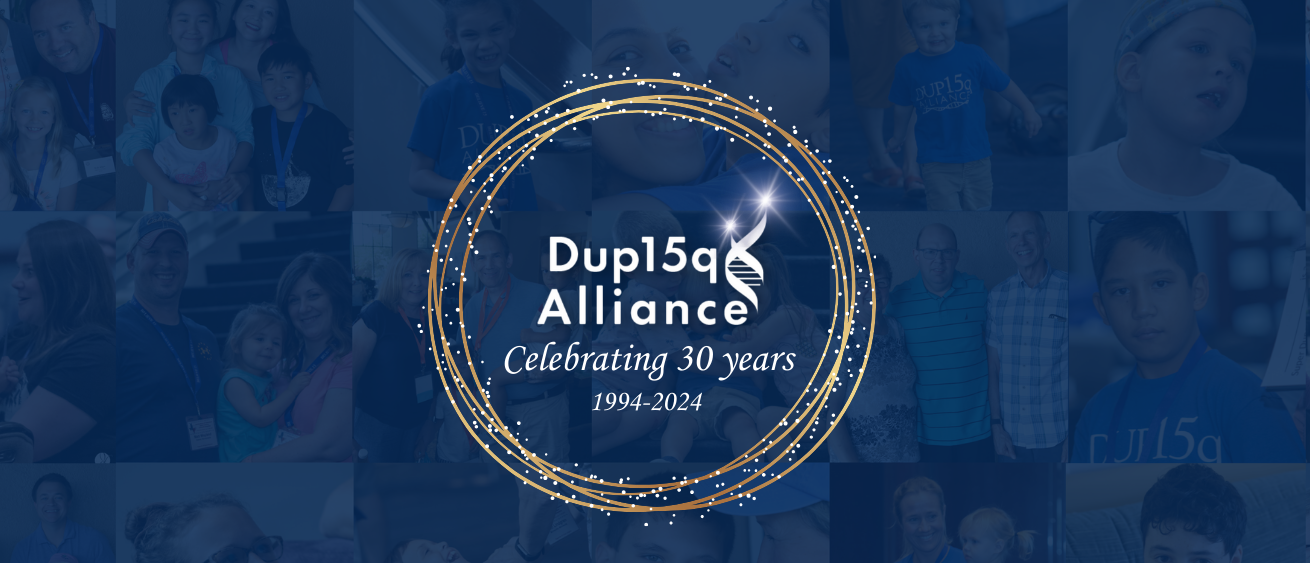Stereotactic laser anterior corpus callosotomy for Lennox‐Gastaut syndrome
James X. Tao David Satzer Naoum P. Issa John Collins Shasha Wu Sandra Rose Julia Henry Fabiane Santos de Lima Douglas Nordli Peter C. Warnke
First published:13 May 2020 https://doi.org/10.1111/epi.16535
Objective
Corpus callosotomy is an effective palliative treatment for drug‐resistant Lennox‐Gastaut syndrome (LGS). Laser interstitial thermal therapy has been increasingly used in the treatment of epilepsy. Here, we assess the safety and effectiveness of minimally invasive stereotactic laser anterior corpus callosotomy (SLACC) for drop attacks in LGS.
Methods
We reviewed sequential cases of patients with medically intractable LGS who underwent SLACC using a two‐cannula technique between November 2014 and July 2019. Pre‐ and postoperative magnetic resonance imaging was used to measure the anteroposterior length of callosal ablation (contrast‐enhancing lesion) and estimated disconnection (gap in tract projections on diffusion tensor imaging). Patients were followed longitudinally to assess clinical outcomes.
Results
Ten patients were included in this study. The median age was 33 (range = 11‐52) years, median duration of epilepsy was 26 (range = 10‐49) years, and median duration of postoperative follow‐up was 19 (range = 6‐40) months. In the anteroposterior direction, 53 ± 7% (mean ± SD) of the corpus callosum was ablated and 62 ± 19% of the corpus callosum was estimated to be disconnected. Six (60%) of 10 patients achieved >80% seizure reduction, two (20%) of whom became seizure‐free. Eight (80%) patients had >80% reduction in drop attacks, five (50%) of whom became free of drop attacks. Three patients subsequently underwent laser posterior callosotomy with further improvement in drop attacks and/or overall seizure frequency. One patient had an asymptomatic intracerebral hemorrhage along the cannula tract. One patient developed significant aggression after becoming seizure‐free.
Significance
Seizure outcomes following SLACC were comparable to previously reported outcomes of open callosotomy, with reasonable safety profile. SLACC appears to be an effective alternative to open anterior corpus callosotomy with minimal postoperative discomfort and a short recovery period.




